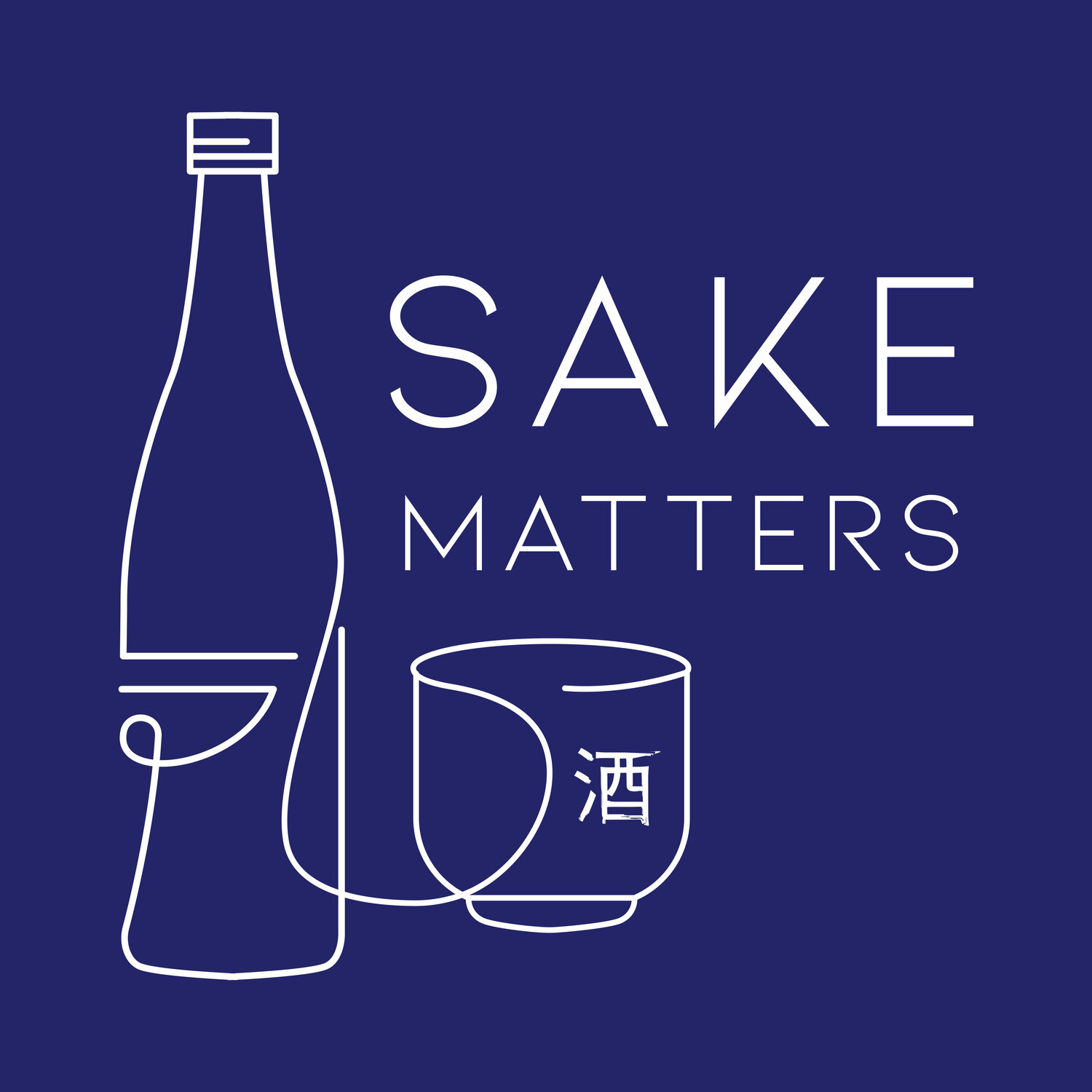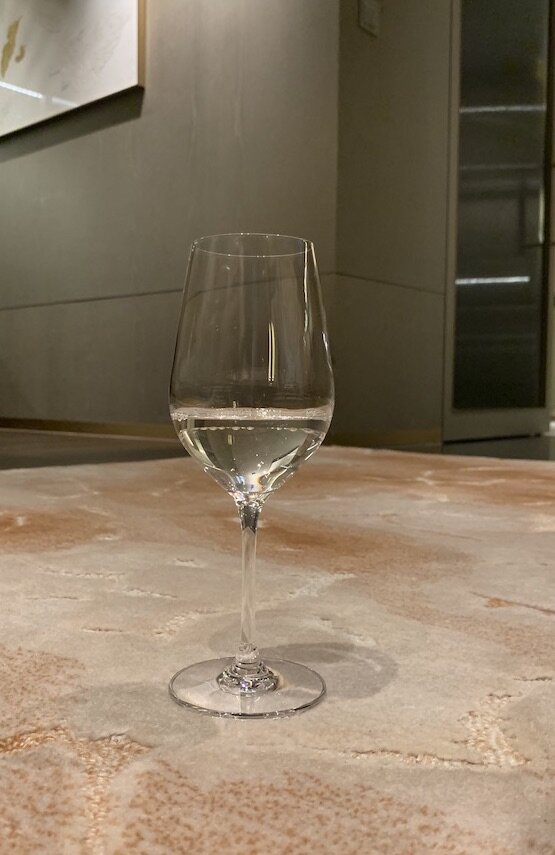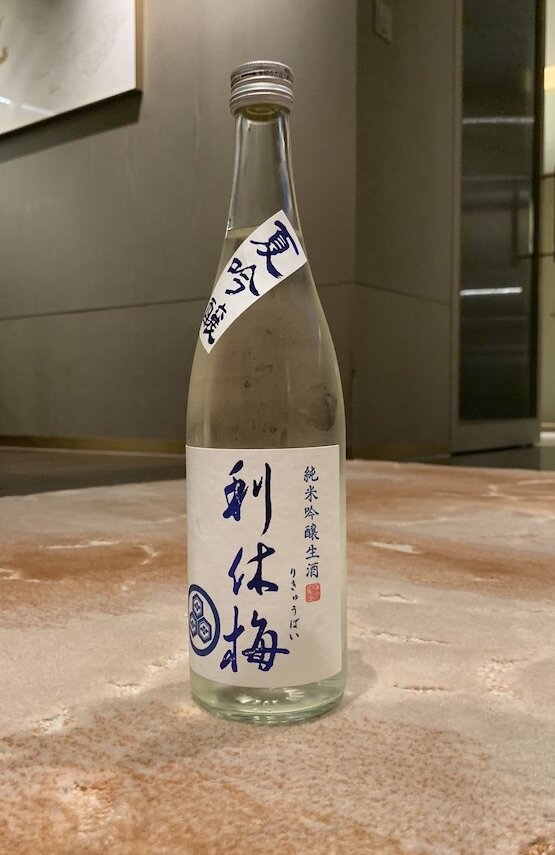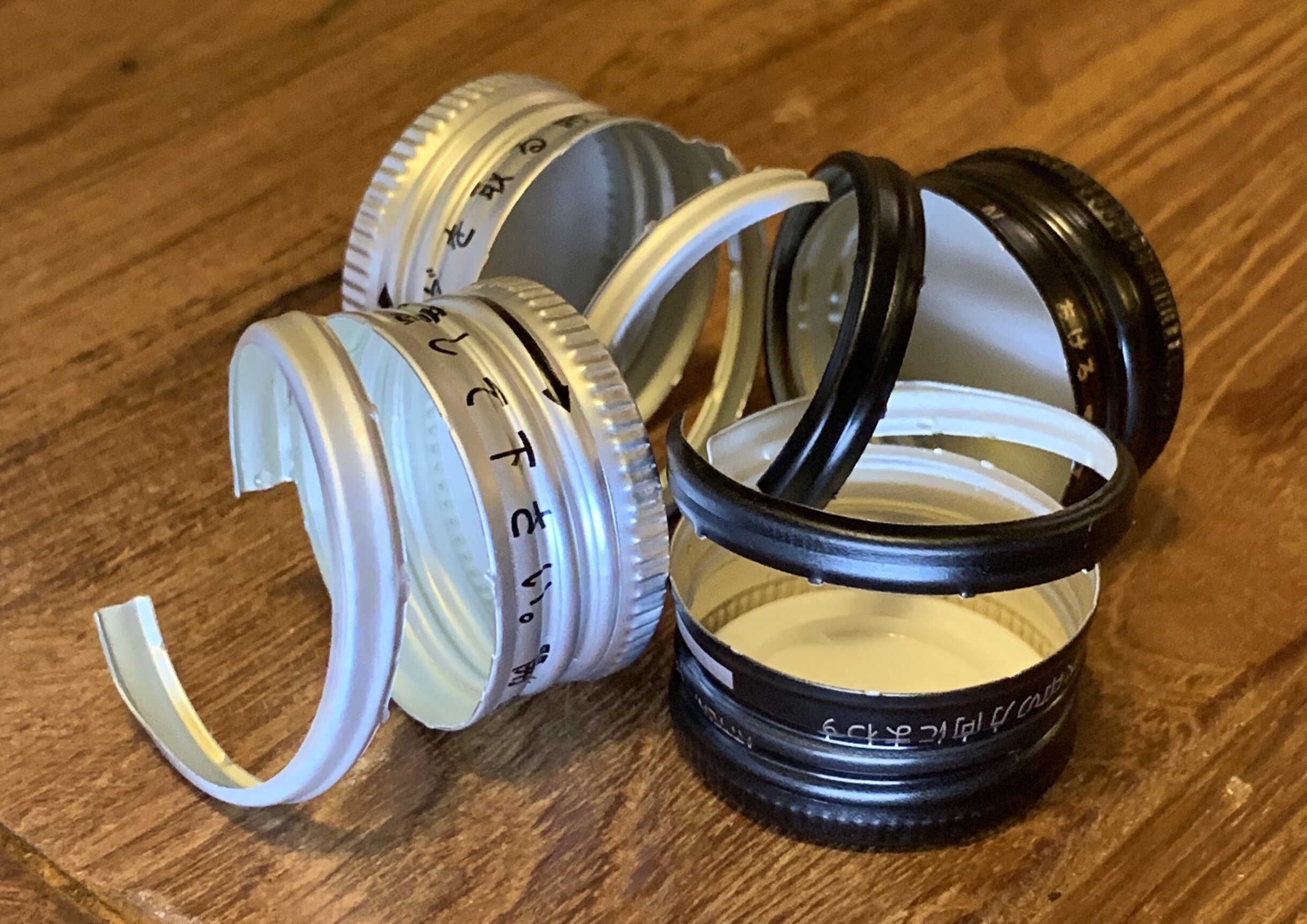NATSU FAST
Although summer sake - known as Natsuzake - has no specific technical definitions surrounding it, we shouldn’t be so fast (‘natsu fast’, get it?!) in dismissing it as a clumsy seasonal marketing ploy.
Unlike the eight grades of Tokutei-meisho-shu and seasonal offerings such as Hiyaoroshi for which there are certainly some strongly enforced parameters, for Natsuzake it’s not the case. However, it is as an undefined category growing in size and popularity.
I’d be happy to argue that it is categorized to an extent in as much as it’s summer’s seasonal Sake but that’s pretty much where it ends, allowing creative and unusual interpretations to flood the market in these hotter months. But what is an important condition to note here is that these are Sakes made for summer, not Sakes made in summer.
Areas of the Sake industry can be loosely policed, which is as refreshing and liberating as it is frustrating. Just take Jizake - ‘local’ and/or ‘artisan’ Sake - for example, a category that has even had a ‘boom’ attributed to it, yet there are hardly any solid guidelines defining it. So depending on how you look at this, Natsuzake isn’t that much different. It just hasn’t been a thing for as long as some others.
Current trending Natsuzake often heralds bright fresh flavours, a lower alcohol content, a little fizz and general lightness, making it highly suitable for Asia’s sweaty season but also less divisive than some other richer and heavier styles of Sake. And that’s perhaps a good entry point for any fence sitters who aren’t yet true Sake converts.
So where did Natsuzake come from? Well all fingers are pointing to 2007 as the official start point and the shared sentiment from its brewers is that in the alcoholic beverages market, other categories have their own summer drinks, so why not Sake?
For wine, ice buckets get dusted off and filled with copious amounts of rosé and gluggable bottles of mass production Spanish, Australian and Italian fizz, the perfect partner for barbecue season. For beer guzzlers, less hoppy session ales tend to predominate, with a healthy smattering of citrus infused hybrids to give a little more refreshment.
It’s no surprise then that Sake brewers have leaned towards lighter options, quite often relying on Nama versions with many trying to reflect a refreshing white wine with higher acidity and freshness to cut through the summer humidity. Given that as a general rule Sake isn’t so readily quaffable as a Moscato D’Asti at 5.5%, for example, I can see why the industry is trying to get some traction in the summer drinking period with a more suitable entity.
In some Natsuzake articles I’ve been looking at there’s talk of adding ice and ‘on the rocks’ but that’s all too modern and trendy for this old Sake drinker. The vast majority of Sake is already diluted according to the brewery’s expert judgement on how the Sake should be drunk and I’m in no position to undermine that, so turn up your air-conditioner if it’s that hot and save the ice for Shochu!
Don’t try this at home (actually do try it)
My local supermarket chain even has a QR code for making Mizore-zake at home, with a step by step guide for creating this “sleety” Sake, basically a Sake slushie that Bart Simpson-san would likely be addicted to buying from his local konbini if he moved to Tokyo. Great fun but a good way to hide and numb away most of the aromas in your Sake (check out the video link below if you’re interested).
But Natsuzake is becoming a thing, with Sake marketing folk briefing their creatives to convey seasonality and refreshment on their labels. It seems blue is very much the design colour of summer, with light blue glass bottles too, reflecting clear skies and azure blue waters. Labels depict typical summery scenes, wildlife and natural phenomena. Two Ginjos called Zephyr and Breezy, both from Nanbu Bijin, tell the drinker to:
Just Relax…
It’s all very soothing, and I kind of get it, and what’s not to like? It’s innovation like this that will hopefully weather the retail misery of 2020.
Bang on cue then, this cracker from Daimon Shuzo arrived chez Sake Matters in August, a good few weeks into the Natsu season that started in early June.
So how does it measure up to the loose Natsuzake guidelines? Well, it’s Nama, has a little fizz and packs a relatively low 15% ABV, so at the bottom end of the 15-17% we expect from Sake. Good start. And by being Ginjo (Junmai Ginjo actually), it’s probably going to have that fruity refreshment.
But for me that’s where this Natsuzake stops playing ball. My palate always finds Daimon Shuzo’s Sakes to be quite rich and high umami, something that I like and something that I am pleased to see is consistent in this Sake too. This truly shows a house style and a little reluctance to fit in just for the sake of it. Good on you.
The label has some blue foiled kanji, including an unmistakeable Natsu Ginjo (夏吟醸) sticker, but otherwise remains consistent with other Rikyubai Series visuals, and is largely restrained on blueness. The glass is just clear too, no tinting tricks needed.
More importantly for me, although it does join the Natsuzake ranks, it stops short of becoming too overtly summery, with overly light and aromatic fruitiness. At the end of the day it’s still Nihonshu, it shouldn’t and mustn’t go too Club Tropicana.
My scrawled notes for this Rikyubai talk of a decent level of acidity and richness, with a significant feeling of umami once it’s had time to come to room temperature. Although I sensed white flowers and rose aromas, I also got some unmistakable rice and rice flour, verging on the savoury with some slightly bitter nuttiness. More romantically it conjured up that (ironically wintry) aroma you get on the streets of nuts getting caramelised over a brazier.
This roundness of flavour must be down to the Yamada Nishiki rice (it’s 100% Yamada Nishiki after all) and the no added alcohol production approach (only Daimon Shuzo’s Honjozo isn’t Junmai) is limiting somewhat having too much potential fruity fragrance coming to the fore. It’s classic Daimon Brewery, cut with a little Kansai summer.
I also got Play-Doh on the nose which is the first and only time I’ve used this as a descriptor across all the Sake I’ve tasted. I now understand it to be an aroma that has been trademarked because of its signature distinctive scent. In other words, it’s a good thing (but maybe keep the bottle out of reach of the kids for this very fact).
If Play-Doh isn’t reason enough, remember that Hiyaoroshi season is just around the corner. This does means lower AC bills but with summer as we know it essentially cancelled in 2020, enjoy a taste of it with plenty of Natsuzake whilst you can.
FOOTNOTE:
Thanks to Alan Yau at Koji Sake for introducing me to this Natsuzake. Daimon’s Natsuzake can be purchased as part of an exciting all Nama (unpasteurised), all Yamada Nishiki rice, all 55% polished summer set! Details below if you too are interested to purchase.
The Mizore-zake ‘slushie’ video I mentioned in the article is available at Timothy Sullivan’s great Urban Sake website: www.urbansake.com/sake-101/sake-glossary/mizore-zake/
QUICK GLOSSARY:
Natsuzake 夏酒: (夏: summer; 酒: sake) Summer Sake
Tokutei-meisho-shu: Special designation Sakes, variously categorized but all meeting various stringent guidelines
Hiyaoroshi: Also known as Namazume, this Sake is typically launched in autumn having been pasteurized only once before storage over the summer
Jizake: A vague term for “local Sake”
Nama(zake): 生酒 (生:raw, fresh, or living; 酒:sake) – in short, unpasteurized Sake
Shochu: Japanese beverage with less than a 45% ABV distilled from rice, barley, sweet potatoes, buckwheat or brown sugar
Mizore-zake: Sake stored at below freezing temperatures that becomes a slush when poured with some force into a glass
Konbini: Japanese convenience store
Ginjo 吟醸: Sake made from rice at a polishing ratio below 60%
Shuzo: Sake brewery. Often added to the company name e.g. Morikawa Shuzo
Junmai: Sakes made with no added alcohol are Junmai, the only ingredients are rice, water and Koji mould
Nihonshu: Sake in Japanese refers to all alcoholic beverages so to make the differentiation clearer, Sake is also called Nihonshu (日本酒)
Yamada Nishiki: A rice varietal grown specifically for Sake production
Honjozo 本醸造: Sake made from rice at a polishing ratio below 70%
Kansai 関西: Literally "west of the border", encompasses the Osaka Plain and seven prefectures including the cities of Kyoto, Osaka, Nara and Kobe
LINKS:
Daimon Brewery
〒 576 - 0031 Osaka Prefecture, Katano City, Mori-Minami 3-12-1
072-891-0353
www.daimonbrewery.com
info@daimonbrewery.com
@daimonbrewery
Koji Sake
www.koji-sake.com & www.facebook.com/KojiSakeLimited/
Instagram: @koji_sake
Phone: +852 2111 3095
Email: sales@koji-sake.com











